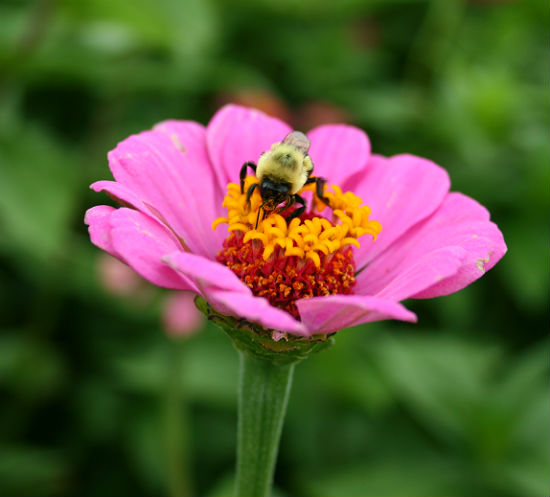Have you heard about companion plants? Are you kind of a hippie at heart? Prefer things to be more organic than synthetic? Like to do your own composting, saving the honeybees and the idea of saving heirloom seeds? Then companion plantings may be right up your alley.

What are companion plants?
No, silly, your plants don’t get lonely if planted by themselves. And they’re not very eager to get married, either. So, companion plants is a term used to describe plants that provide a benefit to another plant when two plants are planted together.
Is companion planting real?
The idea behind companion plants is a little controversial. Some gardeners who have been practicing companion planting will swear by it. While other gardeners may show you studies that say companion planting is a myth. The truth is that it is up to you decide if companion planting is a placebo, or if it really helps you produce better plants, flowers, and vegetables. Companion plants certainly don’t hurt anything, and in some cases, there is sound science behind the premise of companion plantings.
Let’s take a Three Sisters Garden as an example. We know that legumes (beans) help fix nitrogen in the soil, this is beneficial to the corn, and gourd (squash, pumpkins, or melons) growing in the mound. The corn provides a support structure for the beans to grow up. The gourd’s leaves provide shade and act as a mulch that keeps the soil mount cool and moist. Here is an example of companion plants that actually work. There is some science and common sense that can be observed here.
Companion plants start to slide into the voodoo science and old wives’ tale arena pretty quickly depending on your sources. Marigolds are a popular companion plant that is recommended to plant if you want to keep bugs away. But did you know they only work on certain nematodes? And the studies that support this finding are talking about them planted as a cover crop? And what if I told you that modern marigolds have been bred to less aromatic and are not the potent and stinky plants that your great-grandparents once grew in their vegetable patch next to their tomatoes.

Popular companion plants
- Roses and garlic
- Tomatoes and cabbage
- Cucumbers and nasturtiums
- Cabbage and dill
- Beans and corn
- Basil and tomatoes
- Chives and carrots
- Peppers and oregano
- Tansy and fruit trees
- Spinach and cabbage
- Carrots and peas
- Catnip and eggplant
These are just some of the suggestions you’ll find from sources like Organic Gardening. Cornell University also has a good fact sheet on companion planting.

Whether you believe everything you read about companion plants is up to you. There is certainly no harm being done to your plants or gardens by companion plants. In the example of the Three Sisters Garden I gave above, there is sound science and garden knowledge behind those companion plantings.
Grouping plants together that need similar growing conditions, or that provide support, shade or nutrients to other plants is just good gardening practice. Just don’t expect companion plants to be the cause of or solution to all of your garden’s problems. Take what works from companion planting suggestions and don’t fret when it doesn’t. Companion plants work because they increase the diversity of plants in the garden. A diverse garden means you attract beneficial insects that keep the garden pests under control.

Share tips, start a discussion or ask one of our experts or other students a question.
No Responses to “Companion Plants: Myth or Reality?”